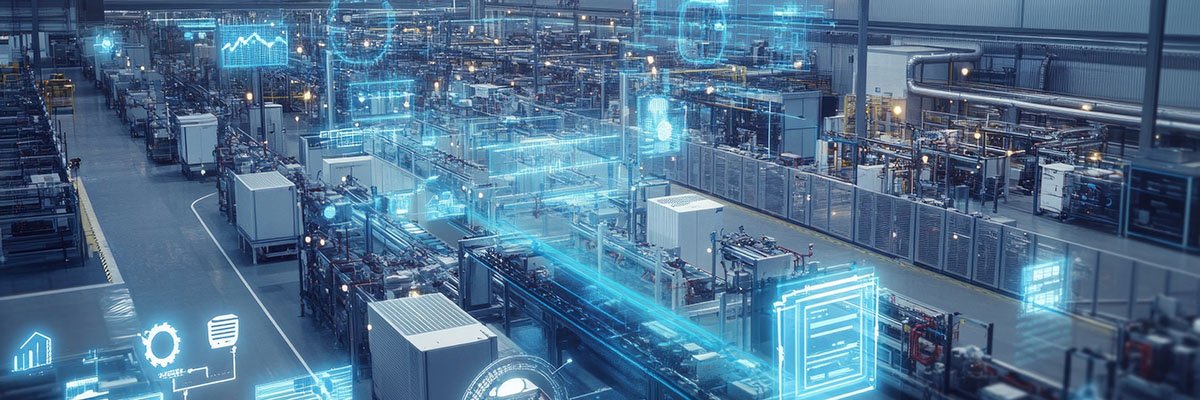Even though 2024 saw growing optimism for enterprise internet of things (IoT), studies analysing trends in IT actually found the sector expanding at its lowest rate in over a decade. However, an IoT market recovery is predicted for 2025, with industries showing higher levels of adoption, driven by artificial intelligence (AI), cloud and sustainability, according to analysis from IoT Analytics.
Last year saw the market rise mainly due to the increasing need for IoT connectivity in remote locations and areas that cannot be easily served by traditional terrestrial networks, for example, mining and the maritime industry. IoT Analytics calculates that IoT enterprise spending grew 10% in 2024, and based on its State of IoT spring 2025 report, it says enterprise IoT spending is now projected to grow at a 14% compound annual growth rate (CAGR) through 2030.
The report attributes the 2024 slowdown to broader macroeconomic uncertainty, particularly in the manufacturing sector and in Europe. In contrast, demand for software and connectivity services remained comparatively resilient.
New IoT products in late 2024 were found to be heavily focused on AI, security and connectivity. Hardware segments struggled the most, while software and cloud-based services continued to expand. India experienced 14% year-on-year IoT spending growth, while Europe experienced slower IoT adoption rates.
Process manufacturing and automotive were identified in the report as leading industries in enterprise IoT adoption. At the same time, energy and infrastructure sectors have seen growing engagement, driven by initiatives around monitoring and optimisation. Among use cases, real-time tracking and inventory management recorded the most significant gains, reflecting increased focus on supply chain visibility and predictive logistics.
Commenting on the trends revealed in the report, IoT Analytics CEO Knud Lasse Lueth said: “The enterprise IoT market expanded at its slowest pace in over a decade in 2024, but early indicators suggest a rebound in 2025, driven by software and AI-focused solutions. While AI captures most of the attention today, it is important to remember that data – much of it generated by connected devices – is its essential fuel. IoT therefore remains a foundational enabler, even if it no longer dominates the headlines.”
Going forward, IoT Analytics expects the next phase of growth to be supported by AI integration, cloud and edge computing, and sustainability-related initiatives across energy, utilities and infrastructure. While it notes that these drivers are gaining momentum, factors such as tariffs, supply chain disruptions and pricing volatility may introduce further uncertainty in 2025. It cautions that the magnitude and duration of these effects remain difficult to assess at this stage.
AI and IoT integration is already moving apace. In March 2025, hot on the heels of launching the Dragonwing suite of products to represent its industrial and embedded IoT, networking and cellular infrastructure services, Qualcomm Technologies announced it would acquire Edge Impulse to enhance its offering for developers and expand its leadership in AI capabilities to power AI-enabled products and services across the IoT.
Explaining the rationale for the deal, Qualcomm noted that widespread adoption of AI in IoT services is driven by the ability to augment or automate workflows through rapid data collection, AI-enabled analysis and enhanced decision-making, allowing enterprises to benefit from improved operational flexibility and efficiency.
